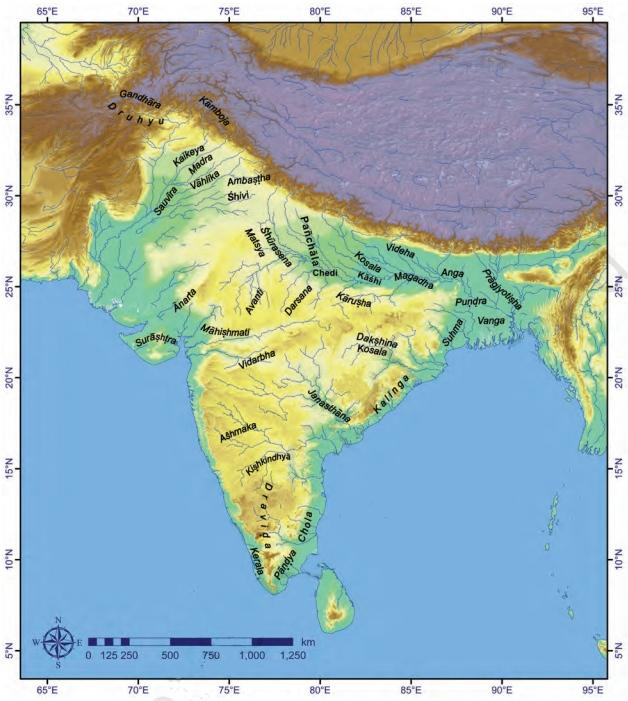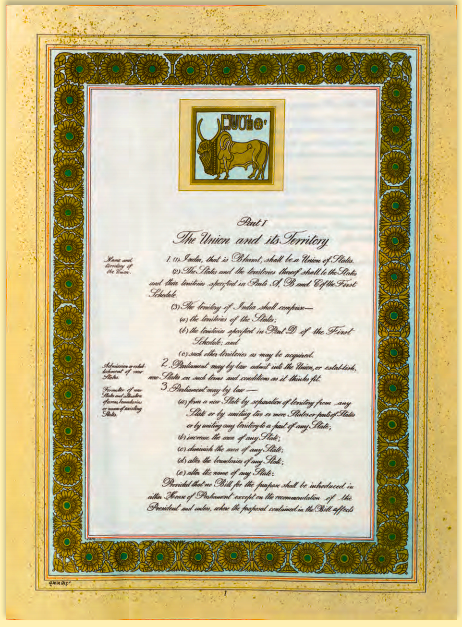NCERT Solutions for Class 6 Social Science Chapter 5: India, That is Bharat - FREE PDF Download
FAQs on NCERT Solutions for Class 6 Social Science Chapter 5 India, That Is Bharat
1. What does Chapter 5, "India, That Is Bharat," cover?
Chapter 5 explores India’s geographical, cultural, and historical diversity, emphasising its unity in diversity.
2. How do NCERT Solutions for Class 6 Social Science Chapter 5 help in understanding this chapter?
The solutions provide clear explanations and detailed answers, helping students grasp key concepts effectively.
3. Are these NCERT Solutions for Class 6 Social Science Chapter 5 aligned with the CBSE syllabus?
Yes, the solutions are fully aligned with the latest CBSE syllabus.
4. Can NCERT Solutions for Class 6 Social Science Chapter 5 India, That Is Bharat help in exam preparation?
Yes, the detailed answers to all questions ensure students are well-prepared for exams.
5. Are NCERT Solutions for Class 6 Social Science Chapter 5 India, That Is Bharat easy to understand?
Yes, the solutions are written in simple language, making them easy for students to follow.
6. What topics are covered in the NCERT Solutions for Class 6 Social Science Chapter 5 India, That Is Bharat?
The solutions cover India’s geography, cultural practices, history, and the significance of the name 'Bharat.'
7. How can NCERT Solutions for Class 6 Social Science Chapter 5 India, That Is Bharat improve exam performance?
By providing comprehensive answers, the solutions help students revise effectively and perform better in exams.
8. Can NCERT Solutions for Class 6 Social Science Chapter 5: India, That Is Bharat save time during exam preparation?
Yes, the ready-made solutions save time by offering direct answers to textbook questions.
9. Are there illustrations or maps included in Class 6 chapter 5?
Yes, the chapter includes maps and illustrations to help students understand India’s geography.
10. Where can I download the NCERT Solutions for NCERT Solutions for Class 6 Social Science Chapter 5: India, That Is Bharat?
You can download the solutions from the Vedantu Website for FREE in PDF format. Vedantu offers simple explanations for each topic, making it easier for students to grasp essential concepts.

























